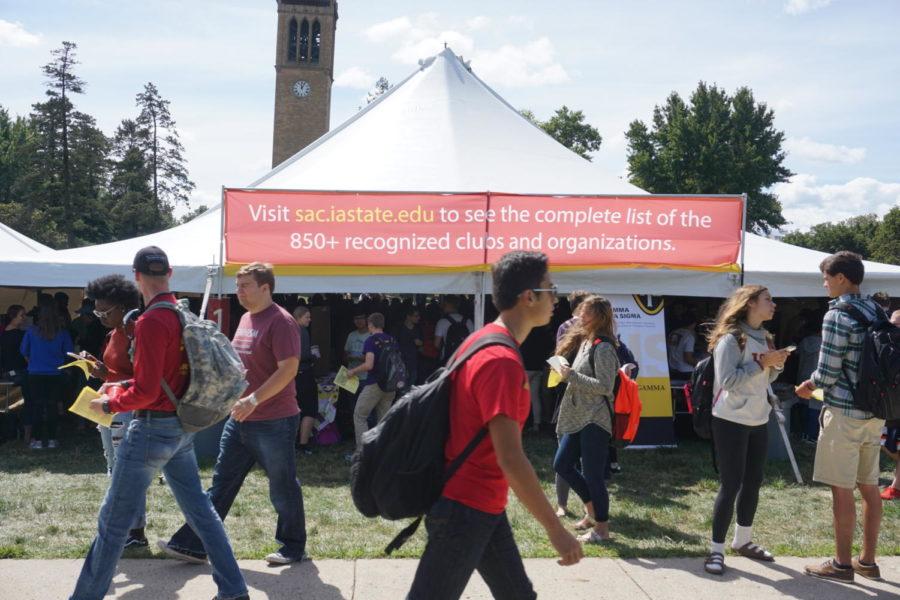Editorial: New trademark policy places burden on impacted student organizations
August 26, 2018
On Aug. 1, Iowa State rolled out revised trademark guidelines with the intent of protecting the university’s brand marking the first update to the policy in 5 years.
One of the biggest changes? If an organization decides to use Iowa State University, Iowa State, or ISU in its name, then the verbiage must follow the name instead of proceed it. For example, “ISU ____ Club” must change its name to “____ Club at ISU.”
Yet in doing so, a burden has been placed on the shoulders of student organizations to adapt to the changes despite some having a longstanding affiliation with the university.
The policy largely focuses on three tiers of student organizations: sponsored, affiliated and registered with registered having the least amount of access to trademarks.
In fact, Iowa State often touts its more than 850 organizations as a point of pride for the university that students have a wide array of clubs to meet one’s interests and goals.
In the past two years about 150 student organizations have submitted a minimum of 5 trademark requests and these clubs will be most affected by the revised guidelines. It it estimated that 10 percent of these student organizations will see change.
But even 10 percent is a large number of students.
Student organizations are an integral part to Iowa State, and joining a club or student organization is just part of the many ways to get involved and better the community while here.
But the trademark policy has the potential to send a message to these student organizations, some who now must change their name, that their contributions to the university isn’t of value.
This is where the issue arises, largely because it is hard to measure the receptiveness of Iowa State in accepting these organizations now that they are distancing themselves, and protecting its name, from being central to that club.
This editorial is not written with the intent to abhor the new trademark policy, but rather to let it be known the possible financial and time-consuming impact these guidelines have on student organizations for the immediate future.
While it is understood why Iowa State made this decision, it still does not lift the burden off the student organizations who now must restructure and adapt to meet the needs of a changing system.

















